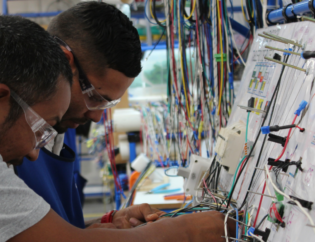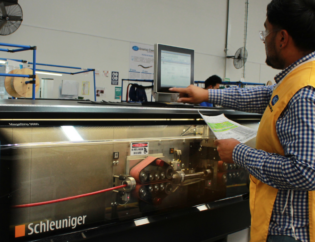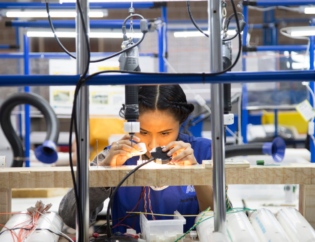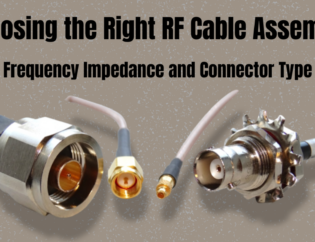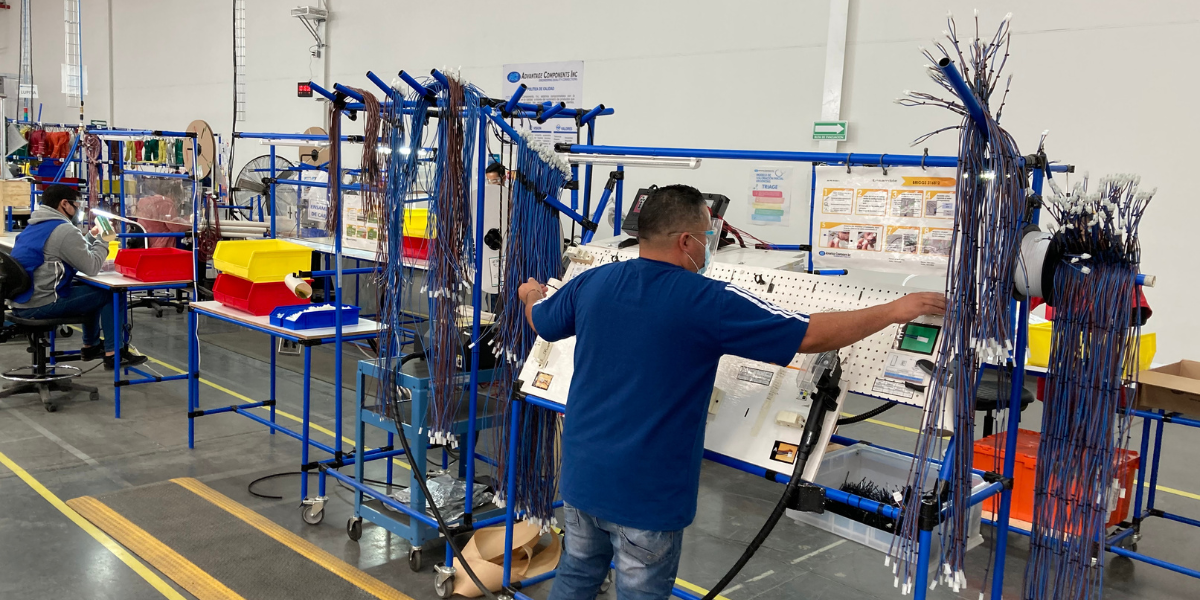
Exploring the Cable Assemblies Manufacturer - An Overview
For a cable assemblies manufacturer, testing is an essential process that ensures the quality and reliability of the assemblies used in various applications. Every cable assembly matters, and every cable assembly manufacturer should be aware of critical testing requirements and functions.
It involves a series of tests to check the electrical and mechanical properties of cable assemblies, including their resistance to damage, breakage, and wear and tear. Testing is crucial for cable assembly manufacturers to identify and fix any potential issues before the cables are used in the field.
The importance of cable assembly scrutiny for a cable assembly manufacturer cannot be overstated, as it helps to ensure the safety and proper functioning of equipment and systems that rely on these assemblies.
A thorough scrutiny process can prevent costly downtime, maintenance, and repair expenses while providing peace of mind to manufacturers and end-users alike. If you’re a cable assembly manufacturer or interested in learning more, read on.
Cable Assembly: Testing Types and Definition
Your assembly is reliant on cable assemblies testing, an essential step in the production of any such structure. The right cable assembly manufacturer can ensure high quality and meets the necessary specifications. There are two types of assembly tests: electrical and mechanical.
- Electrical Testing
- Continuity Testing:Continuity test is one of the most important electrical tests that need to be performed on an assembly. It tests for the presence of an unbroken electrical circuit between two points. This test ensures that the cables are free of openings and shorts.
- Insulation Resistance Testing:Insulation resistance test measures the resistance of the insulation around the conductors. This test confirms that the insulation material is functioning correctly and is not degrading.
- High Voltage Testing: High voltage test, also known as Hi-Pot test, tests for the dielectric strength of the insulation around the conductors. This test checks for any weaknesses or faults in the insulation and ensures that the cable assembly can withstand the rated voltage without breaking down.
- Mechanical Testing
- Tensile Testing:Tensile test measures the amount of stress an assembly can withstand before breaking or deforming. This test is crucial as it determines the strength of the assembly when subjected to stretching or pulling forces.
- Compression Testing:Compression test measures the amount of force that can be applied to an assembly before it deforms. This test is essential for assemblies that are required to be compressed or subjected to crushing forces.
- Flex Testing:Flex test is used to determine the assembly’s ability to bend and flex without cracking or breaking. This test is necessary for those assemblies that will be used in applications where they will be subjected to repeated bending or flexing.
Also Read- Wiring a Better Future: The Role of Wire Harness Manufacturers
Testing the Cable Assembly: Manufacturer Overview
As it’s important for a cable assemblies manufacturer to conduct rigorous tests, the process is essential to ensuring the safety of the products. Various standards have been developed to provide guidelines for assembly tests. Here’s an overview of the standards for manufacturers of the cable assembly, including analysis and the relevant standards that are commonly used:
- Overview of Standards
Various standards are applicable for assembly testing, which establish the necessary procedures and requirements to ensure the safety and reliability of assemblies. These standards encompass multiple aspects of assembly tests, including electrical, mechanical, and environmental that need to be taken care of by a cable assemblies manufacturer.
- Relevant Standards
- IPC/WHMA-A-620:This standard is published by the Association of Connecting Electronics Industries (IPC) and the Wire Harness Manufacturers Association (WHMA). It provides requirements and acceptance criteria for the manufacture and testing of cables and wire harness assemblies. This standard covers various aspects of cable assembly tests, such as visual inspection, mechanical, electrical, and environmental testing.
- UL 2237 UL 2237: This standard is published by Underwriters Laboratories (UL) that provides guidelines for the performance and safety of cables and wire harness assemblies. This standard covers various facets of cable assemblies tests, such as mechanical, electrical, and environmental testing.
- MIL-STD-202G:This standard is published by the US Department of Defense and provides guidelines for the testing of electronic components and materials. It includes various cables and wire harness assembly test methods, such as mechanical shock, vibration, and environmental tests.
There are several standards that have been developed to provide guidelines for assembly testing, such as IPC/WHMA-A-620, UL 2237, and MIL-STD-202G. These standards cover various aspects of assembly tests, such as electrical, mechanical, and environmental testing.
Also Read- New Applications for the Overmolded Connector in Emerging Technologies
Cable Assembly Testing Techniques and Best Practices
Cable assembly testing is an important process for assembly manufacturers to ensure that the finished product performs reliably. To ensure that the tests are thorough, it is important to use the right equipment, follow industry standards and best practices, conduct regular tests, and document the test results. Here is an overview of assembly testing techniques and best practices:
- Using the Right Testing Equipment:Electrical test is the most important test that needs to be performed by the assembly manufacturers, which includes testing for open wires, incorrect wiring, and the possibility of the wire shorting out. Equipment should be selected based on the requirements of the cable assembly. One way of testing tensile strength is to conduct pull tests. A simple way to perform all three tests is to link the connector of the assembly to an electrical fixture with the help of a mating connector.
- Following Industry Standards and Best Practices:Following industry standards and best practices is crucial to ensuring that cable assemblies are tested to the highest quality standards. The IPC/WHMA-A-620, UL 2237, and MIL-STD-202G are relevant standards that must be followed when testing these assemblies.
- Conducting Regular Testing:Regular tests are necessary to ensure that cable assemblies meet the required quality standards. Tests should be conducted throughout the manufacturing process, including during the design, prototyping, and production stages. In addition, assemblies should be tested by assembly manufacturers after they have been installed to ensure that they are functioning properly and safely.
Also Read- How to Ensure Quality and Reliability as Cable Assembly Manufacturers
Conclusion
Cable assemblies testing is an essential process that ensures the quality and reliability of cable assemblies used in various applications. The process involves a series of tests by the cable assemblies manufacturer to check the electrical and mechanical properties of the assemblies, including their resistance to damage, breakage, and wear and tear.
In brief, you can find the right cable assemblies testing and a cable assemblies manufacturer to meet your exact specifications and needs.A thorough testing process can prevent costly downtime, maintenance, and repair expenses while providing peace of mind for a cable assemblies manufacturer and end-users alike.
Various standards have been developed to provide guidelines for assembly testing, such as the IPC/WHMA-A-620, UL 2237, and MIL-STD-202G. These standards also define the procedures and requirements that must be met by the assembly manufacturers to ensure the reliability and safety of their products.


